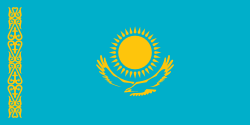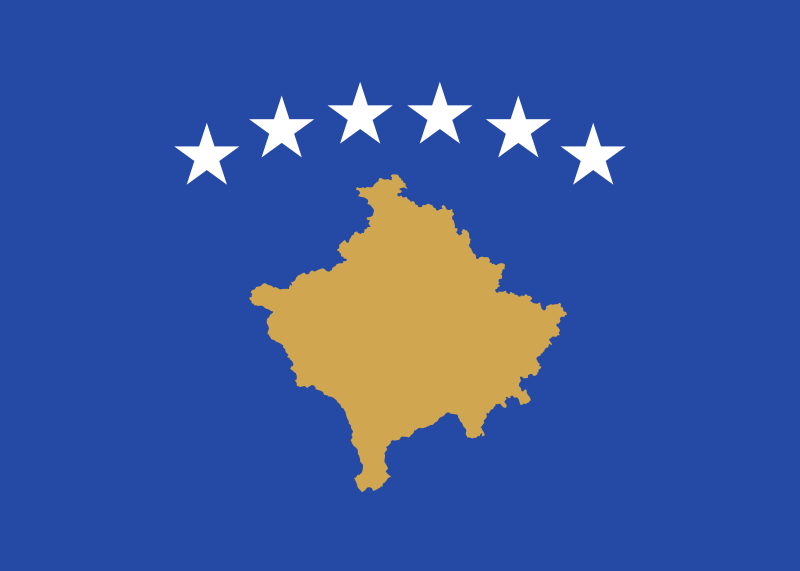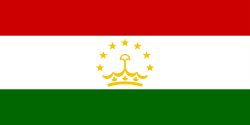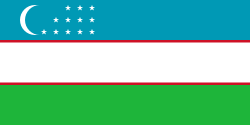General Information
Population
Immigration
Emigration
Working-age population
Unemployment rate
GDP
Refugees and IDPs
Citizenship
Territory
Migration Authorities
Responsible Body
Line Ministries
Agencies
Description
A long-standing country of emigration, in recent years Lithuania saw a reversal in its migration patterns. The year 2019 was the first one when the number of immigrants surpassed the number of residents leaving the country, and since then immigration remained higher than emigration. Around half of the recent arrivals comprise citizens of Lithuania returning to the country after living abroad, but the number of foreign-born residents has also been steadily growing. Between 2013 and early 2022, the number of foreign nationals living in Lithuania has more than tripled reaching 3.6% of the country’s population.
Considerable emigration of the past three decades along with the negative natural increase account for a 24% decline in the country’s population, which continues to decline as current immigration remains insufficient to reverse the trend. From the early 1990s until 2019, some 679.000 people left Lithuania. Emigration reached its highest level in the mid-2000s, after the country joined the EU in 2004, and in the early 2010s, following the economic downturn. Most emigrants left for the United Kingdom (41%), Germany (11%), Norway (9%) and Ireland (7%) driven mainly by economic reasons. While some are returning, more than 500.000 Lithuanian nationals continue living abroad. Emigration, while still considerable, has declined in the past few years: 47.925 residents left the country in 2017, in comparison to 25.205 in 2021.
Facing an ageing population and labour shortages, the government of Lithuania introduced a series of measures to facilitate the employment of migrant workers from outside the EU. As a result, labour immigration replaced family reunification as the main reason for new arrivals. In 2020, over 80% of foreign nationals who received temporary residence permits came to Lithuania to work, 8.6% to reunify with their families and 7% to study. Most migrant workers hold jobs in shortage sectors, mainly in logistics (transportation of goods) and construction. The majority of all migrants come to Lithuania from Ukraine, Belarus and Russia.
The number of asylum seekers in Lithuania remained relatively low until 2021 when Lithuania faced an influx of migrants arriving via Belarus. Between May and early August 2021, the Lithuanian State Border Guard Service registered over 4.000 irregular migrants, most of whom arrived from Iraq. As a result, the number of persons found to be illegally present in the country increased from 1.960 in 2020 to 5.025 in 2021. The Lithuanian government and the European Commission recognised the influx as instrumentalization of migration by the Belarusian state officials. In early August 2021, Lithuania started implementing migrant pushbacks. Within a year, more than 11.000 migrant pushbacks were carried out. In addition, in November 2021 the country started erecting a steel wall on the border with Belarus to reduce future attempts at border crossings. The newly introduced legislative changes limited access to asylum, the appeals procedure and expanded the use of detention.
In 2021, 4.259 persons applied for asylum, which marks a significant increase from 321 in 2020. Yet, only 451 were granted either a refugee status or subsidiary protection, whereas 2.768 applications were denied. Many of those whose asylum claims were denied, not accepted or who did not apply for asylum were ordered to leave, constituting most of the 4.710 third country nationals who received such order in 2021, an increase from 0 in 2020. In the same year, 1.765 who received an order to leave were returned to another country.
Since 1997, Lithuania granted international protection to a total of 5.339 people. In recent years, the country has seen an increasing number of asylum applicants from Afghanistan, Belarus and Russia. However, between 2016 and 2019, refugee status was granted mostly to Syrian nationals. At the end of 2021, the stateless population amounted to 2.498 persons, a decrease from 2.683 in 2020. Lithuania has ratified the 1954 Convention relating to the Status of Stateless Persons and carried out a series of initiatives to inform the stateless residents about the possibility to obtain citizenship of Lithuania in 2020. The conditions to access nationality remain unfavourable as ordinary migrants can only become citizens after 10 years of residence.
Between March and mid-July 2022, over 59.000 people fleeing the war in Ukraine – mostly minors and women – arrived in Lithuania. Persons coming from Ukraine are automatically eligible for a temporary residence permit or a national visa that allows them to live and work in Lithuania. Upon registration, this group of people is also eligible for health insurance, shelter, food, benefits and integration services. As of early July 2022, more than a third of the working-age persons who fled Ukraine reportedly found a job in Lithuania. Most refugees of war are hosted by residents or accommodated in allocated state-owned buildings. While the level of public solidarity and support remains high, practical issues in terms of accommodation, underemployment, recognition of qualifications and long-term integration become increasingly more pressing as the war continues.
In the recent past, Lithuania has amplified efforts to improve integration at both national and local levels. In 2014, Lithuanian Migration Policy Guidelines were adopted, clarifying the institutional roles concerning migrant integration. The Action plans on the Integration of Foreigners into Society for 2015-2017 and 2018-2021 issued by the Ministry of Social Security and Labour allowed further coordination of specific measures and ensured funding of key integration activities. In 2020, a government-led project entitled “Enhancing the Competence of Municipalities in Providing Services to Third-Country Nationals” investigated the state of local integration in six municipalities, including Lithuania’s biggest cities of Vilnius, Kaunas, Klaipeda and Siauliai. Based on the research findings the project should result in the adoption of municipal integration strategies.
Meanwhile, in 2020 the government approved changes to the model of state support to persons granted asylum. In particular, refugees and persons with subsidiary protection now receive individualised integration plans and are subject to the reduction of benefits if there is no progress in the targets set. Consequently, hundreds of migrants had their asylum claims denied, yet cannot be returned to their countries of origin. On 30 June 2022, the Parliament of Lithuania approved amendments to the Law on the Legal Status of Aliens that would allow irregular migrants to work and acquire an Individual Activity Certificate. However, many questions regarding migrants’ legal status and basic rights, such as access to finance, social security and healthcare remain unresolved.
Lithuania adopted the Global Compact for Safe, Orderly and Regular Migration back in 2018. Amidst recent events, the Ministry of the Interior of the Republic of Lithuania has started to actively advocate for consideration of instrumentalisation of migration in EU migration and asylum policies, enhanced border control mechanisms, as well as for more aid and financial mechanisms to support the reception and integration of refugees who fled Ukraine and now reside in the EU countries.



















































